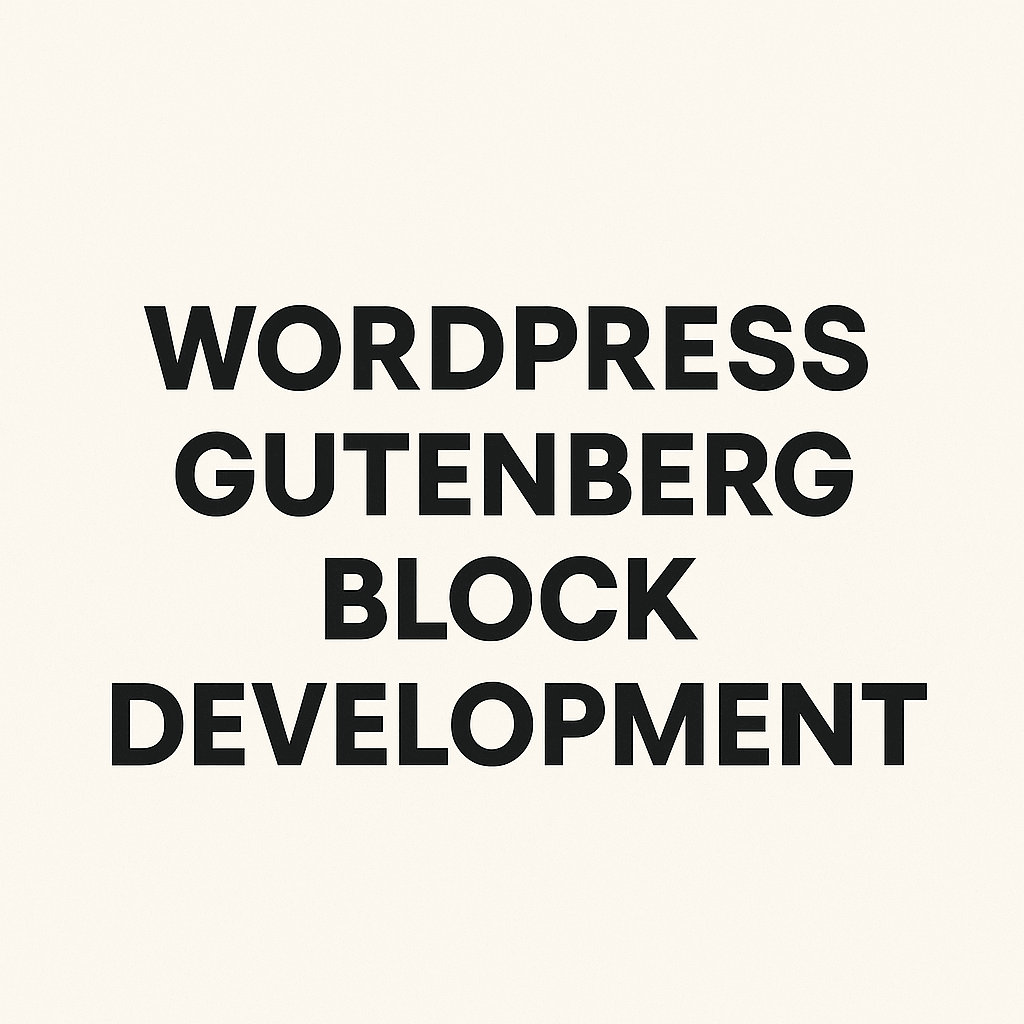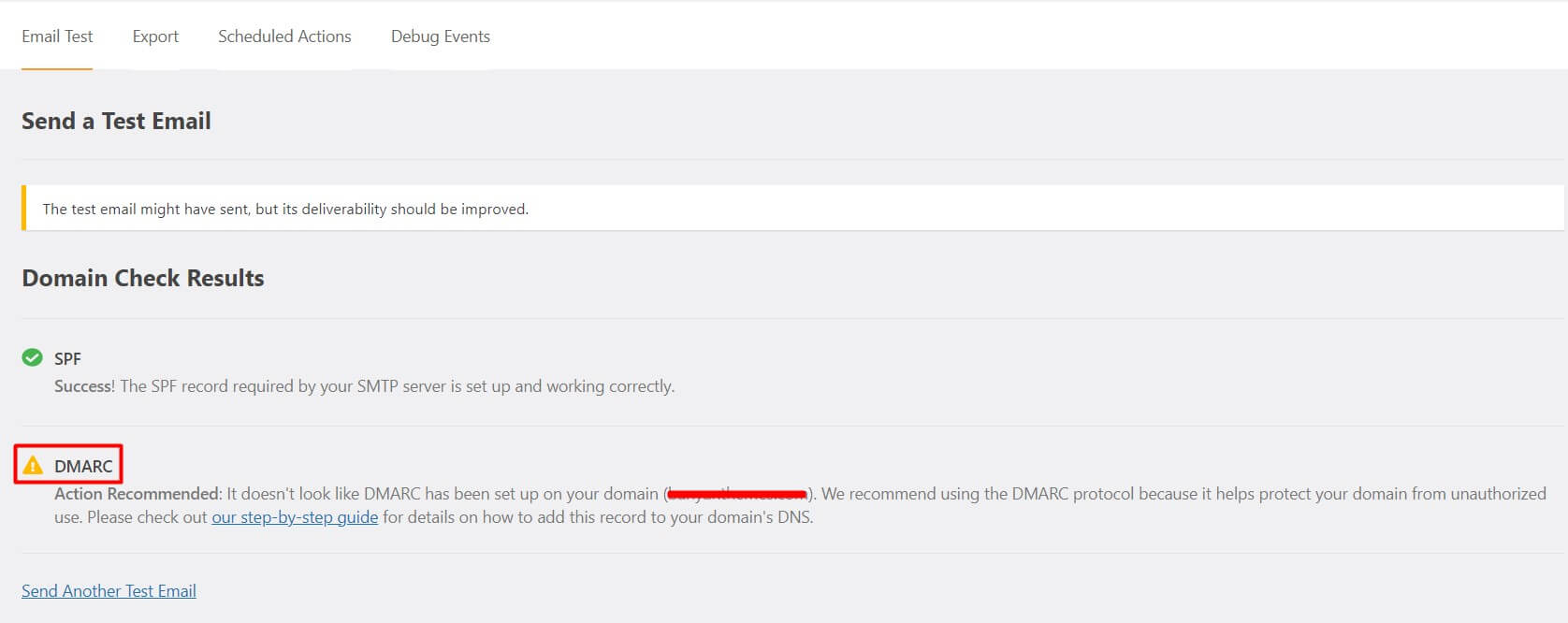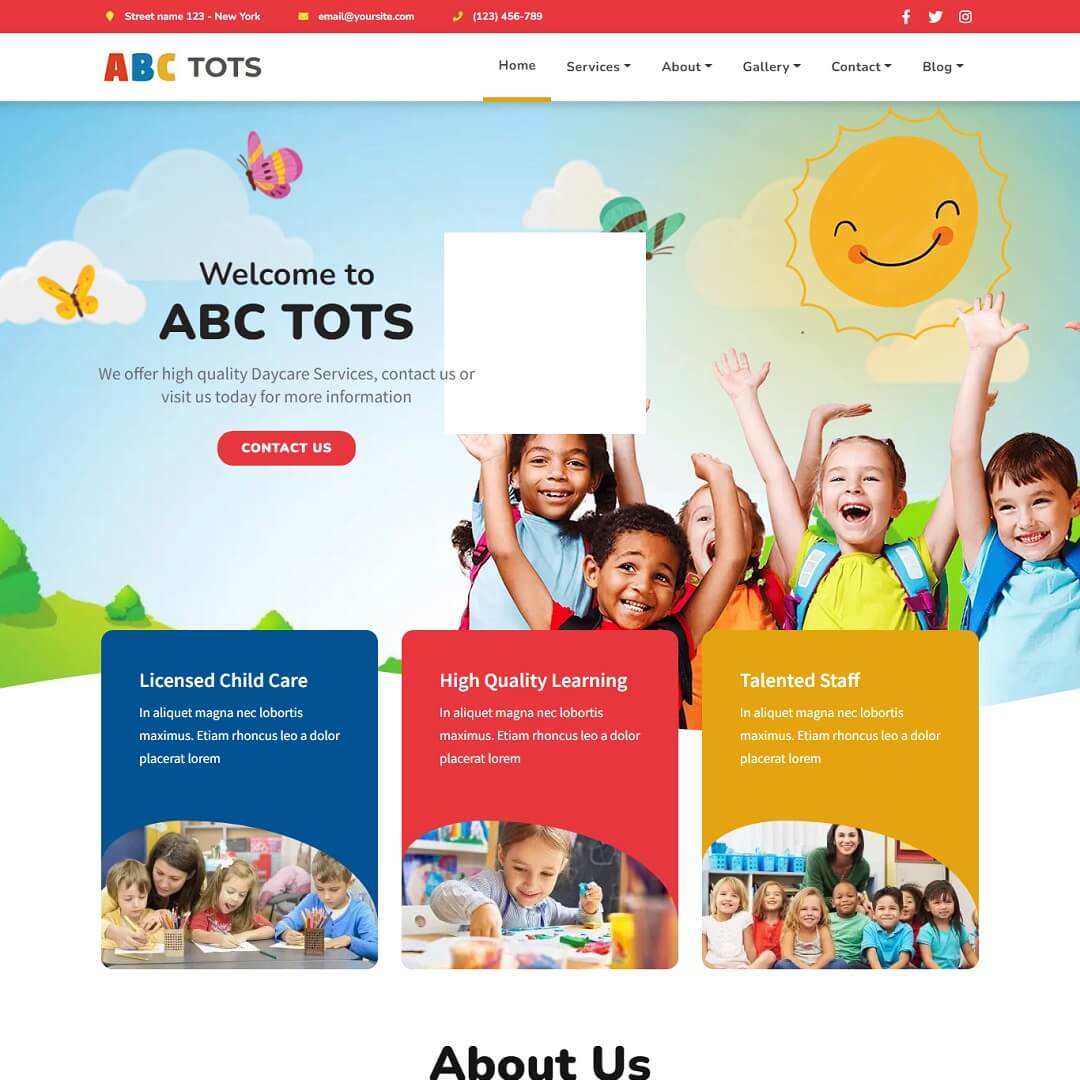Looking to become experts in Gutenberg block development and — this roadmap is designed for developers already familiar with the WordPress ecosystem — including custom themes and plugins.
Key Concepts
Block Registration (block.json): WordPress uses the block.json file to define metadata and settings for blocks. It allows automatic registration and better integration with tools like block directories.
Documentation: https://developer.wordpress.org/block-editor/reference-guides/block-api/block-metadata/
Edit vs Save Functions: Need to understand the separation between how a block appears in the editor (edit()) and how it saves data to post content (save() or render_callback for dynamic blocks).
Documentation: https://developer.wordpress.org/block-editor/reference-guides/block-api/block-edit-save/
Attributes System: Master the definition and usage of attributes, including setting types (string, number, boolean, array, object) and sources (text, html, meta, query).
Block Props: Get comfortable with props in your block’s edit function, especially attributes, setAttributes, className, isSelected, and how they control interactivity and display.
Component Mastery for Gutenberg Block Development
@wordpress/components: Use the core UI component library to build block UIs. Common components include:
TextControl, TextAreaControl, SelectControl for inputs
ToggleControl, CheckboxControl, RadioControl
PanelBody, PanelRow for sidebar settings panels
ColorPalette, FontSizePicker, RangeControl
Component Reference: https://developer.wordpress.org/block-editor/reference-guides/components/
Editor Components of Gutenberg Block
- BlockControls: Toolbar that appears above the block.
- InspectorControls: Settings sidebar.
- RichText: Inline editable text field.
- InnerBlocks: Nest child blocks, useful for containers/layouts.
useBlockProps(), useInnerBlocksProps()for proper styling and block context.
React & WordPress Hooks
React Basics: Proficiency in useState, useEffect, and JSX is crucial.
- React Docs: https://reactjs.org/docs/hooks-intro.html
- Updated React Docs: https://react.dev/learn
WordPress Data Access:
useSelectto fetch data from the store (e.g., get current post meta, other blocks, or taxonomy terms).
- useDispatch to dispatch actions (e.g., update meta, create entities).
- useEntityProp to directly access and update entity props like post meta.
useBlockEditContextto work with parent/child relationships.
Data Module Docs: https://developer.wordpress.org/block-editor/reference-guides/packages/packages-data/
Dynamic Blocks & Server Rendering
- Dynamic Blocks: Blocks rendered by PHP on the front-end using
render_callback.
- Use Cases: Good for data-driven blocks (e.g., post grids, recent posts, pricing tables etc.)
- Hydration: Ensure any interactive behavior in JS still works after server render.
Dynamic Blocks Tutorial: https://developer.wordpress.org/block-editor/how-to-guides/block-tutorial/creating-dynamic-blocks/
Block Variations & Patterns
- Block Variations: Create alternate versions of a block with different default settings or attributes.
- Block Patterns: Pre-built layouts composed of multiple blocks. Useful for theme integration.
- Block Transforms: Allow users to convert one block type to another (e.g., paragraph → heading)
Variations & Patterns Guide: https://developer.wordpress.org/block-editor/reference-guides/block-api/block-variations/
Inter-Block Communication
- InnerBlocks Templates: Predefine layout templates within a container block.
- Template Locking: Restrict changes to the structure using lock: ‘all’, ‘insert’, or ‘remove’.
- Context API: Share data between parent and child blocks without props drilling.
InnerBlocks Docs: https://developer.wordpress.org/block-editor/reference-guides/block-api/inner-blocks/
REST API Integration
- Custom REST Endpoints: Build endpoints to feed blocks with dynamic data.
- apiFetch: Use @wordpress/api-fetch to make authenticated API requests from within the editor.
- Data Loading: Load data asynchronously in the editor (e.g., showing loading spinner while fetching)
REST API Docs: https://developer.wordpress.org/rest-api/
Styling & Theming
- Scoped CSS: Use style.scss for front-end, editor.scss for editor appearance.
- Global Styles with theme.json: Declare colors, typography, spacing, and support features globally.
- Dynamic Styling: Use inline styles via style attributes or conditional classNames.
- Asset Management: Properly enqueue block scripts and styles using block.json or hooks like
enqueue_block_assets()
Theme JSON Guide: https://developer.wordpress.org/block-editor/how-to-guides/themes/theme-json/
Reusable Libraries & Tooling
- @wordpress/scripts: Use built-in toolchain (Webpack, Babel, ESLint, etc.) for compiling and bundling your blocks.
- Reusable Block Libraries: Create NPM-packaged block libraries for use across plugins or projects.
- Explore 3rd Party Blocks: Study and extend libraries like ACF Blocks, Genesis Blocks, Kadence Blocks.
Toolchain Reference: https://developer.wordpress.org/block-editor/reference-guides/packages/packages-scripts/
Testing & Accessibility
Testing:
- Snapshot testing using Jest for saved markup
- Unit tests for block logic
- ESLint and Prettier for code quality
Accessibility:
- Use semantic HTML and proper ARIA attributes
- Ensure keyboard navigation support
- Test with screen readers and a11y tools
A11y Docs: https://developer.wordpress.org/block-editor/how-to-guides/accessibility/
Performance Optimization
- Tree-shaking & Bundling: Eliminate unused code in production bundles
- Lazy-loading: Load editor assets only when the block is used
- Memoization: Optimize rendering with React.memo, useMemo, useCallback
- Asset Split: Register only needed scripts/styles per block or context
Debugging & Dev Tools
- Browser Dev Tools: Inspect block props, editor DOM, and styles
- React Developer Tools: Inspect block component tree
- WordPress Console: Use
wp.data.select()anddispatch()for state inspection and manipulation.
- Enable SCRIPT_DEBUG: Load unminified scripts for debugging.
- Install Query Monitor: The developer tools panel for WordPress.
Now it is time to start a pro level project — This roadmap is your guide to becoming a true Gutenberg Block expert — not just building blocks, but designing scalable, performant, and editor-friendly experiences aligned with modern WordPress development.





